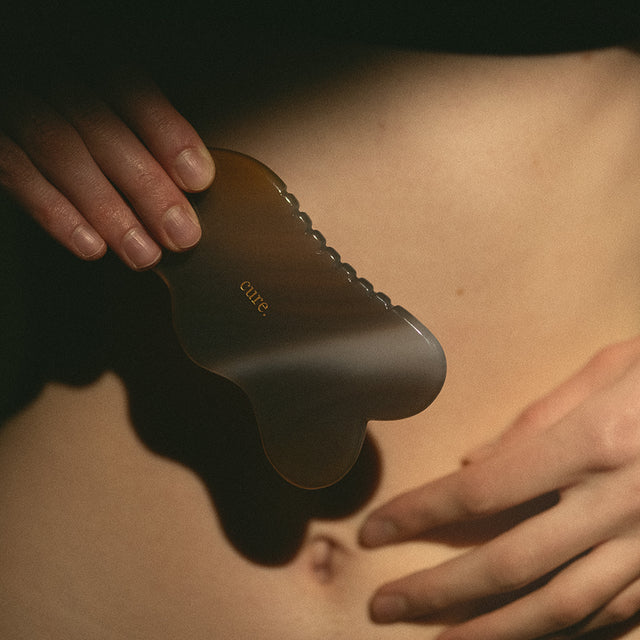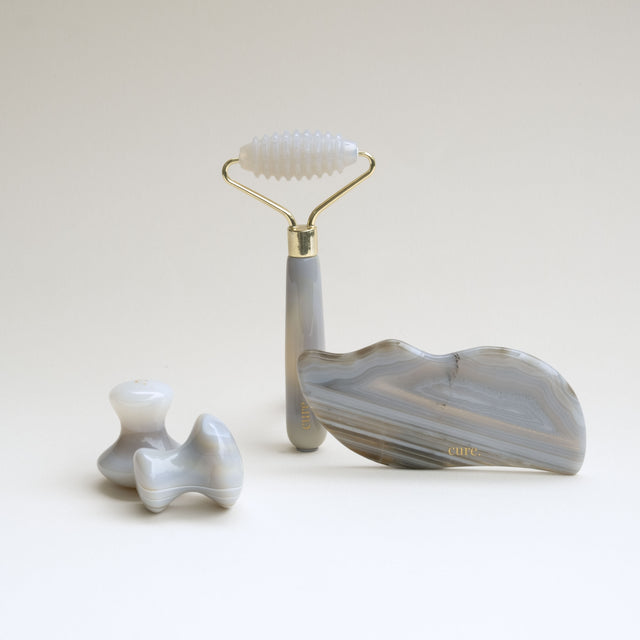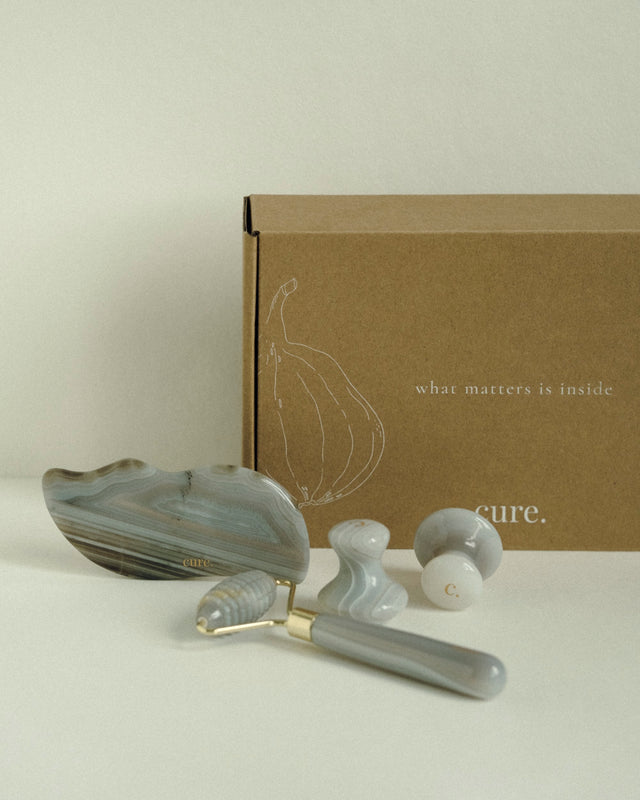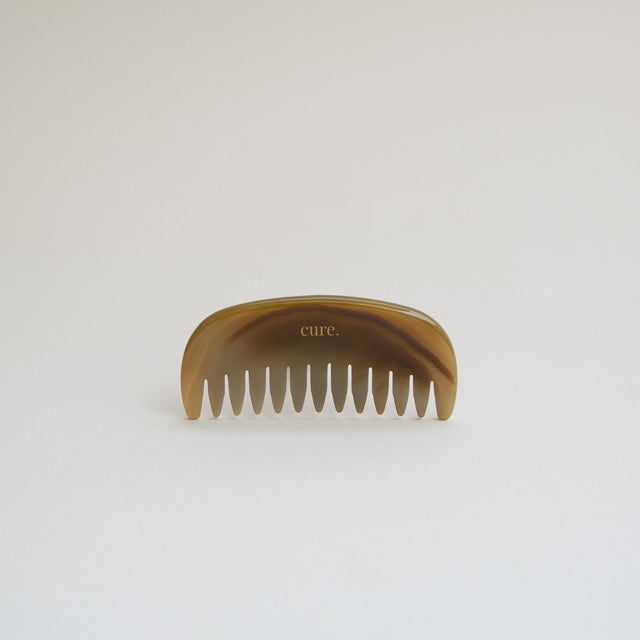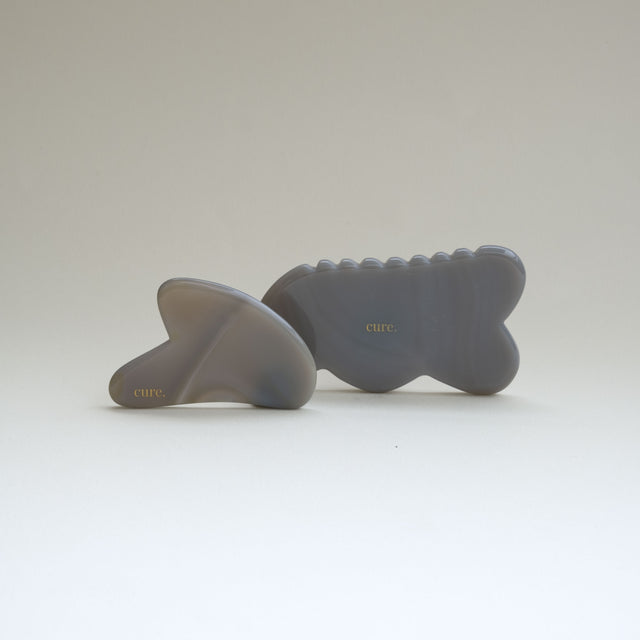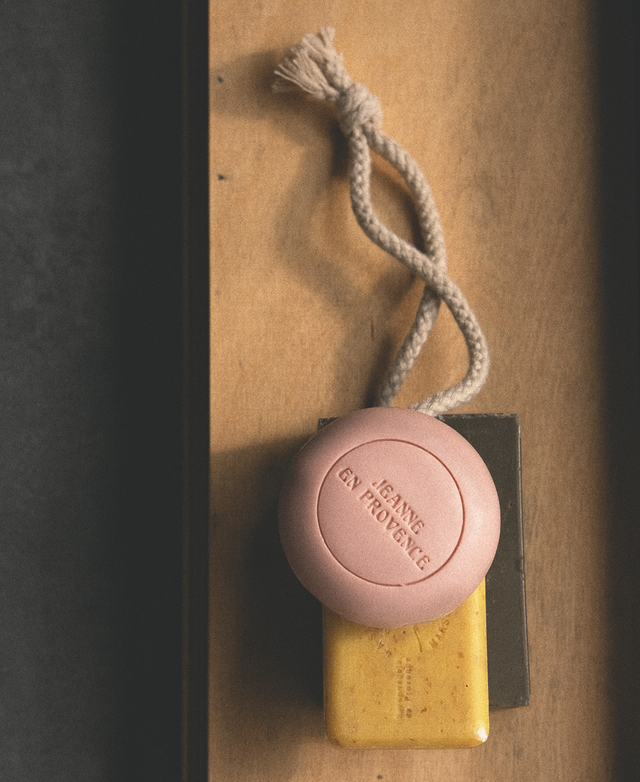All about Gua Sha
Gua sha is both a facial lifting technique and the name of a scraper. This accessory came to us from Asian beauty tradition on the wave of interest in Eastern medicine and beauty industry.
Why is gua sha so popular?
Gua sha has gained incredible popularity due to its compactness and mobility. It can be used at home and easily taken on the go. The most important thing is to learn the massage technique and the scheme of the massage lines before use.
With the help of gua sha, not only the epidermis, but also the subcutaneous layer of muscles are worked out. Regular and competent massage will help relieve muscle tension, improve the contour of the face, reduce swelling, smooth out fine wrinkles and folds, and give a healthy complexion.
How to choose gua sha
The scraper is made from a variety of natural stones. Which one to prefer is a matter of taste. The most important thing is that you like the appearance of the accessory and it brings aesthetic pleasure.
Gua sha comes in different shapes depending on its purpose. For example, a smooth heart-shaped gua sha is suitable for facial massage. A heart-shaped scraper with a ribbed edge will also allow for massaging the hairy part of the head.
A more complexly shaped gua sha with different edges allows you to work not only on the face but also on the body. Typically, gua sha for the body has a greater thickness than a massager for the face.
Rules for using Gua Sha
Do not use the scraper on dry skin, as excessive friction can cause injuries and skin stretching. All movements should only follow the massage lines from the center to the sides. Work on each area one by one from the bottom up, applying gentle pressure to avoid bruising or irritation.
The neck area should only be worked on the side sections, and the use of the scraper on the central part is prohibited.
During the massage, the tissues are heated, so try not to change the temperature abruptly around you and do not go outside immediately after the ritual.
Gua Sha for the body
Gua sha is usually performed on the back, shoulders, and legs. The massage helps to relieve muscle tension and relax, as well as reduce swelling. Body massage is also performed from the bottom up, starting from the legs and moving upward. Before the ritual, you need to apply body cream or oil. The massage itself is done with gentle, smooth movements. Use the side of the scraper that is most comfortable for each part of the body.
By the way, if you had a day with a long walk and you feel strong fatigue in your legs, do a calf massage with guasha, it will help relieve tension.
Gua Sha for the head
The health of hair depends directly on blood circulation. Gua sha massage improves blood flow to the scalp, and it also helps reduce stress levels - all of which promotes hair growth. The main thing is to do everything delicately, as too aggressive an impact can damage hair follicles. You need to comb your head in different directions. For example, first from the center of the head to the ears, then from the forehead to the back of the head, then the other way around, and then diagonally - from the right temple to the left and from the left to the right. In the evening, for additional relaxation, you can warm up the guasha under a stream of warm water before the ritual. Both gua sha with a wavy edge and a stone comb can be used for the scalp.
In general, the tone, structure, and firmness of the face depend in part on the scalp, neck, shoulders, and collarbones. It is not possible to focus only on the face and ignore other areas. Gua sha massage is suitable for working on all of these areas, but if you have contraindications to guasha, then you can use your hands to massage them.
Contraindications
Gua sha is considered a non-aggressive anti-aging technique and is suitable for people of all ages. However, like any massage technique, it has contraindications:
- a large number of moles and papillomas
- damage to the skin's integrity (wounds, rashes, allergies, herpes)
- blood clotting disorders and thrombosis
- oncological diseases
- high blood pressure and fever

